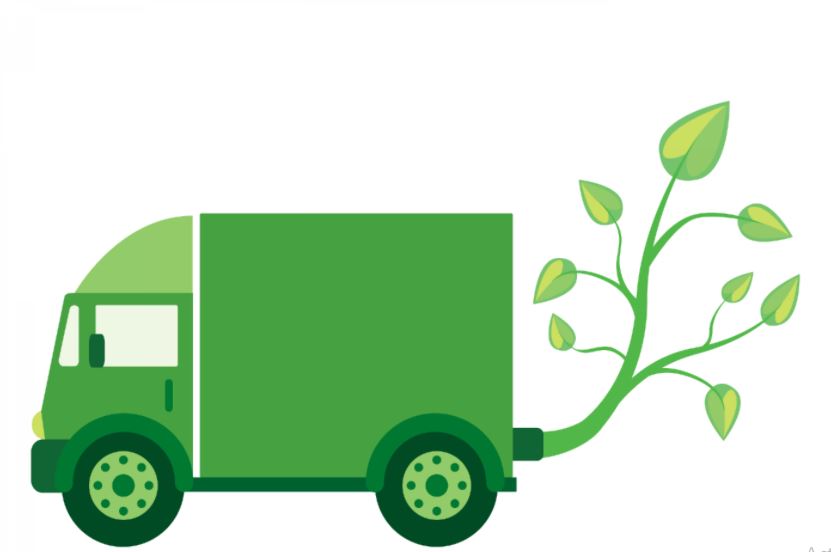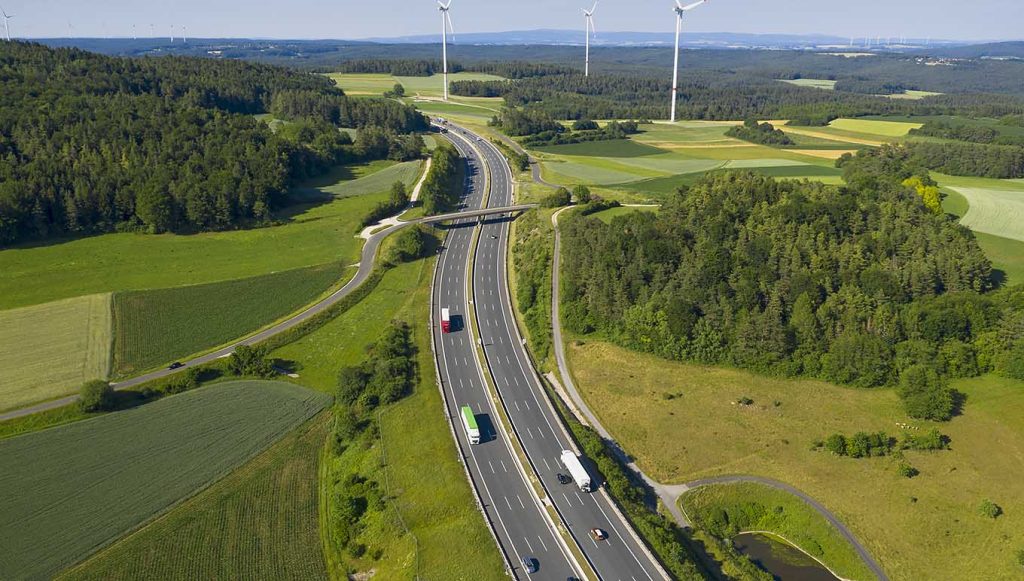At the start of this month in Glasgow, commenced the 26th Conference of Parties Summit- COP26, with representatives from over 120 countries, including Ireland and the most part of Europe. The conference is taking part over 12 days, for which period delegates, business leaders from a vast range of industries, and climate activists are brought under one roof to discuss the imminent effects of climate change and the conjoined long-term goals for mitigating these issues globally. Transportation, as we all know by now, is a key contributor to the emissions of greenhouses gases in the atmosphere, which is why Logistics plays a crucial role in this discussion and how we can all work together to minimize the impact of our industry on the environment.
In this regard, as a courier services provider, Zendfast is taking an active part in the collective commitment to hit the national targets of reducing methane emissions in the atmosphere by finding greener alternatives, as well as using technology and innovation as an instrument to achieve greener logistics within the next decade.

After hearing a lot about sustainable and green logistics, it is important to have a very clear understanding of what this means in the real world and what are the available tools that we have to aspire to the ‘green tag‘ in this industry. One may ask themselves whether net-zero and sustainable logistics are even possible in the transportation industry, where high demand fuels excelled supply, and ultimately – higher consumption of resources. Also, the complexities in the supply chains of many businesses, so far, have really prevented these companies from looking closely at every step in their buyer’s journey from an environmental viewpoint and understanding better how changes can be made in order to optimize and reduce their carbon impact in theory and practice.
The theme of green logistics and e-mobility is covered in multiple discussions on the 10th of November (Wednesday), talking about the transitional change and how can all this be achieved with the convergence of technology, finance, and services, all coming together in a mission to cut down carbon emission and hit national net-zero targets ostensibly in the next 10 years. Flexible, scalable, and low-cost solutions are in the limelight of these discussions, with a focus on innovation and technology, as well as adaptability of services and companies to these changes on a large scale.
Technical innovation is the main vector to drive green mobility and bring about substantial transformational changes in our sector. However, there are plenty of green practices in our industry that can alleviate the impact of logistics on the environment and strive towards meeting the ambitious net-zero targets collectively as contributors and members in our local communities.
How We Go Green In Logistics?
Even though it may not seem like enough to curb the emissions in logistics, these three practices are vital to mitigating the collective impact the industry has on climate change.
Rely On Technology, Not Paper
Deforestation has a key role to play in climate change, which explains why paper is a non-sustainable solution in this conversation. Reducing deforestation is one of the key themes in COP26 and we have committed to paperless operations by offering digital solutions with zero carbon footprint. Zendfast gives you an e-signature and a digital confirmation of your deliveries to avoid unnecessary paper waste and bring about transformation via small cumulative impacts. Preservation of trees and natural forests is fundamental to the fight against climate change, but so is the water use and energy to produce paper, plastic, and other non-biodegradable materials that we use in parcel packaging daily. There are more sustainable packaging options on the marketplace that we recommend to our customers so that we are all involved and proactive in this commitment together. Sometimes, surprisingly to many people, using recyclable and reusable plastics can be the more environmentally-friendly option than paper, derived from wood.
Route Optimization Reduces Carbon Emissions
Being a responsible green courier provider these days requires the use of route optimization software and the reduction of milage for each dedicated vehicle on the road. These applications are not only a cost-effective strategy to reduce petrol and diesel spending but also to minimize the carbon footprint of the company’s operations. By working hand in hand with technology, you eliminate empty miles by avoiding traffic congestion, cutting down on journey times, and optimizing every minute of your shipments day-to-day. Apart from the bespoke software solution which Zendfasts offers to the market for optimizing courier routes, we also have personal account managers who are in charge of these operations so that every parcel’s journey is meticulously calculated, for a good reason.

Multi-drop Operations
In logistics, like many other industries, planning is key to the optimization of resources. If a courier provider wants to be green, they need to have a serious knack for the organization of fleets, drivers, and parcel journeys. Making the operations more efficient happens through good communication between the account managers (dispatch managers) and the drivers. This also happens by GPS tracking and proficient managing of the everyday operations that each courier has to run. Multi-drop operations are critical in that sense if a company wants to save from traveled mileage, and ultimately fuel usage. Companies like Zendfast have depots all over Ireland and Dublin, which makes our route planning smarter and more efficient. Instead of having to collect and dispatch a single parcel from a remote location, we allocate our operation based on proximity to nearby warehouse locations that we have.

All in all, we all have a key role to play in the new-found climate action commitments by our countries, regardless of our industries and occupations. What’s most important is to stay in line with innovation and progress towards more sustainable alternatives and digital transformation where possible.
If you are curious and want to inquire more about our services and technologies, feel free to contact us for more information!